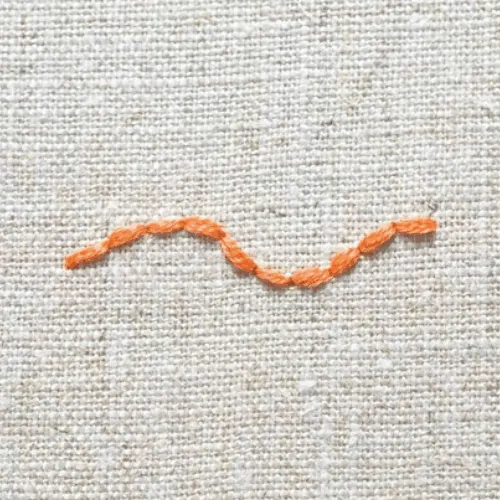How to Do a Backstitch by Hand

If you’re ready to take your basic embroidery skills to the next level, the backstitch is your next step. It creates a solid, continuous line and is perfect for outlining shapes and adding fine details to your embroidery projects.
Why Use the Backstitch?
- Great for clean outlines and lettering
- Stronger than the running stitch
- Ideal for curves and sharp points
What You’ll Need
- Embroidery hoop
- Embroidery needle
- Embroidery floss
- Cotton or linen fabric
- Scissors
Step-by-Step Instructions
- Prepare your fabric: Cut your fabric and place it in an embroidery hoop to keep it taut.
- Thread the needle: Use an 18-inch length of floss. Thread your needle and knot the end.
- Start your stitch: From the back of the fabric, bring the needle up at your starting point. Go forward and insert the needle back down to make your first stitch.
- Back up and stitch: Come up a short distance ahead of your last stitch. Then insert the needle back down into the end of the previous stitch. This creates the solid line effect.
- Repeat: Continue backstitching along your design. When finished, tie a knot on the back side to secure the thread and trim excess.
Pro Tips
- Use short stitches for curved lines to keep them smooth.
- Pair with a running stitch to add contrast or dimension.
- For lettering, use uniform stitch lengths for a cleaner look.
What Projects Use the Backstitch?
- Lettering and text-based embroidery
- Outlining flowers and shapes
- Detailing in applique work
- Finishing seams in hand sewing
Final Thoughts
The backstitch adds polish and strength to your embroidery. With just a bit of practice, you’ll be able to outline and detail like a pro.
Ready to explore more? Learn the running stitch or browse all types of embroidery stitches here.
